How & Where To Apply Roll-On Essential Oils
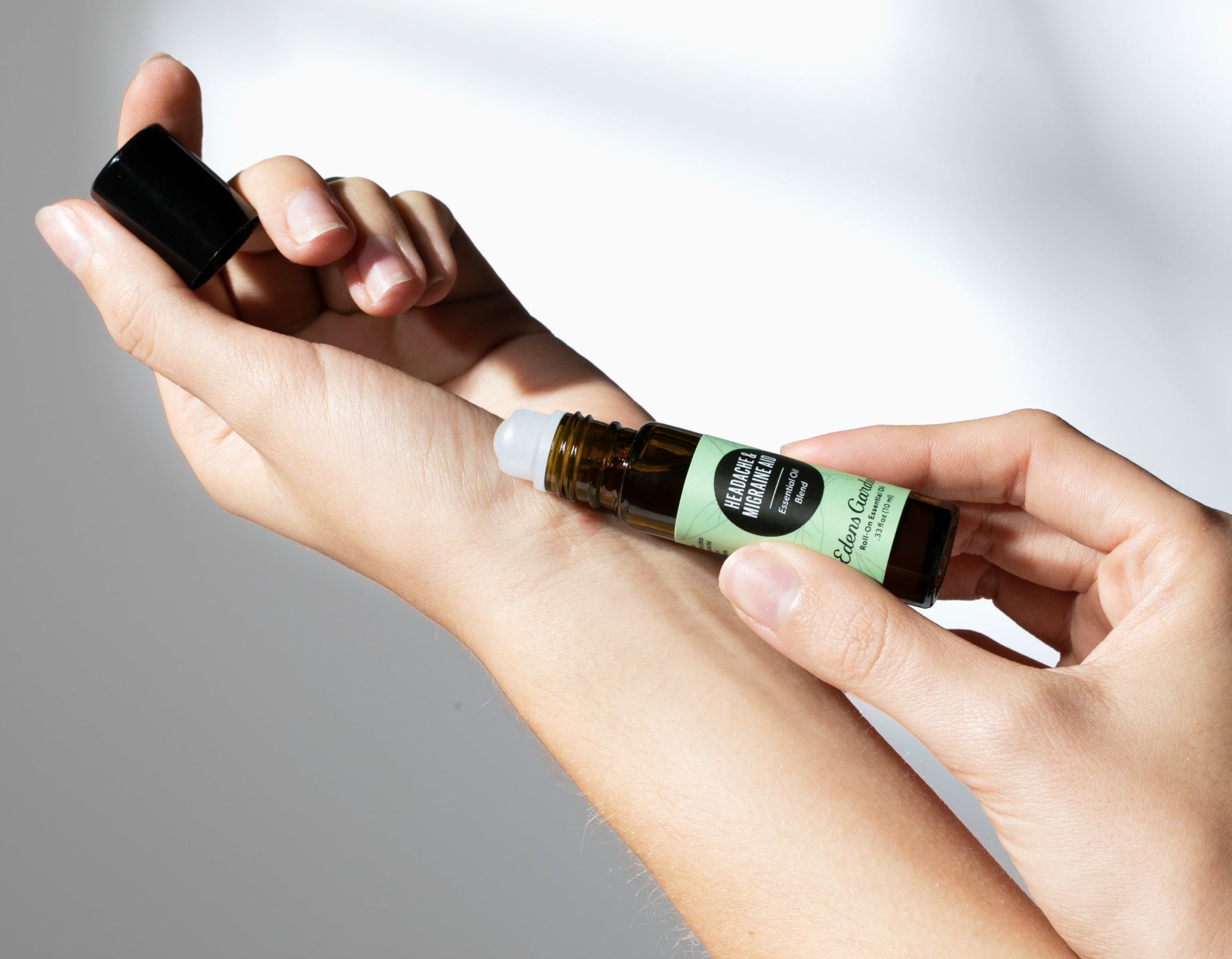
Essential oil roll-ons are one of the easiest and most effective ways to enjoy aromatherapy anytime, anywhere. Whether you’re soothing a headache, calming your nerves, or boosting your energy, roll-ons deliver targeted wellness support in a convenient, portable form. But if you’re new to using roll-ons, you might be wondering: How do you apply them? Where should you roll them on your body for the best results?
This guide covers everything you need to know about how and where to apply essential oil roll-ons, along with safety tips, best practices, and practical ways to use them daily.
What Are Essential Oil Roll-Ons?
Roll-ons are prediluted essential oil blends packaged in sleek, portable 10 ml glass vials with a rollerball for easy application. Each roll-on combines about 90–95% carrier oil (such as Fractionated Coconut Oil or Jojoba Oil) with 5–10% pure essential oils, creating a skin-safe formula for topical use.
At Edens Garden, all roll-ons are carefully diluted for safety and effectiveness, including our OK For Kids® blends. While some parents wonder why our children’s blends are diluted at 5% instead of 1%, our expert aromatherapists explain that spot treatment requires a stronger dilution to be effective. Unlike full-body use, roll-ons target small, localized areas (like temples or wrists), making these blends safe for both adults and children when used as directed.
Why Choose Roll-On Essential Oils?
Roll-ons are more than just convenient. They offer:
- Portability: Toss them in your purse, gym bag, or desk drawer.
- Ease of use: No droppers or dilution required. Just roll and go.
- Discreet aromatherapy: Perfect for the office, classroom, or travel.
- Dual purpose: Use as a wellness tool or a natural perfume alternative.
- Targeted application: Apply exactly where you need support.
Finding The Roll-On That’s Right For You
|
Concern |
Recommended Roll-On Blend |
Best Use |
|
Headaches & Migraines |
Head Ease |
Temples |
|
Stress & Anxiety |
Stress Relief |
Wrists |
|
Muscle Pain & |
Aches & Pains |
Sore muscles |
|
Sleep Support |
Good Night |
Wrists |
|
Allergies & |
Deep Breath |
Chest |
|
Energy & Focus |
Energy & Focus |
Wrists |
|
Digestive |
Tummy Aid |
Abdomen (massage clockwise) |
|
PMS & Cramps |
Stop Cramps Period |
Lower abdomen Back |
|
Mood Boost |
Mood Boost |
Wrists |
Where To Apply Essential Oil Roll-Ons
Knowing where to apply your roll-on is just as important as choosing the right blend. Roll-ons work best when applied to pulse points or areas of concern where essential oils can absorb quickly.
Best Roll-On Application Points:
- Temples: For tension, headaches, and stress relief.
- Inner Wrists: A classic pulse point for mood, energy, or relaxation.
- Behind Ears / Earlobes: Subtle, perfume-like application.
- Back of Neck: Ideal for stress, energy, and muscle relief.
- Chest: For respiratory support and calming blends.
- Abdomen: For digestive issues or cramps.
- Hands & Palms: Rub together, cup over nose, and inhale deeply.
- Hairline or Hair Ends: Keeps aroma lingering throughout the day.
- Direct Spot Treatment: On bug bites, scars, blemishes, or sore muscles.
How To Apply Roll-On Essential Oils
- Uncap the bottle and gently roll onto the desired area.
- Apply to pulse points for maximum absorption.
- Massage lightly to help oils penetrate the skin.
- Reapply as needed, because essential oils naturally dissipate over time.
- Inhale deeply if using for mood, energy, or stress.
For deeper relief (like muscle tension), apply the roll-on and then place a warm compress or heating pad over the area to enhance absorption.
Roll-Ons For Inhalation
Topical application isn’t the only way to use roll-ons. They’re also fantastic for aromatic inhalation:
- Roll onto palms, rub together, and cup hands over nose.
- Apply to the tip of your nose or under your nose.
- Roll onto a cotton ball and keep in your pocket for on-the-go inhalation.
When inhaled, essential oils stimulate the limbic system, the brain’s emotional center, influencing mood, memory, and relaxation. Research shows oils like Lavender and Bergamot can support stress relief, sleep, and even emotional balance.[1]
Roll-On Safety Tips
When using essential oil roll-ons, it’s important to keep safety in mind. Always begin with a patch test by applying a small amount to your inner forearm and waiting 24 hours to ensure no irritation occurs. Avoid rolling oils directly into sensitive areas such as the eyes, nose, or mouth, and be sure to store your bottles in a cool, dark place away from heat and sunlight to preserve their potency. For children, stick with OK For Kids roll-ons, which are specifically formulated for little ones. Finally, if you’re pregnant, nursing, or under medical care, consult a healthcare professional before incorporating roll-ons into your routine.
Everyday Ways To Use Roll-On Essential Oils
Looking for inspiration? Try these practical uses:
- Morning motivation: Apply Energy & Focus roll-on to wrists before your day begins.
-
Midday stress check: Roll Stress Relief on your temples during work breaks.
Bedtime ritual: Apply Good Night roll-on behind ears and on wrists. -
Workout recovery: Massage Muscle Relief roll-on onto sore calves post-exercise.
Travel buddy: Keep Deep Breath roll-on handy for stuffy airplane air. - Natural perfume: Swap synthetic fragrances for Mood Boost or Jasmine roll-ons.
Roll With It
Essential oil roll-ons are one of the simplest and most effective ways to experience aromatherapy every day. Whether you’re reaching for Head Ease to banish tension, Good Night for restful sleep, or Stop Cramps Period for monthly support, roll-ons put the power of essential oils right at your fingertips.
With targeted application, safe dilution, and effortless portability, Edens Garden Roll-Ons make it easy to bring natural wellness wherever life takes you. So, next time you need a moment of calm, clarity, or comfort, just roll with it.
SOURCES:
-
The Effects of Essential Oils on the Nervous System: A Scoping Review. https://pmc.ncbi.nlm.nih.gov/articles/PMC10180368/
Grab The Essentials Here:
Leave a comment (Comments will be approved before showing up)
2 comments
Phyllis Werner
When combining the oils to a carrier oil I get confused with how much to add. Especially if I’m using a spray bottle.
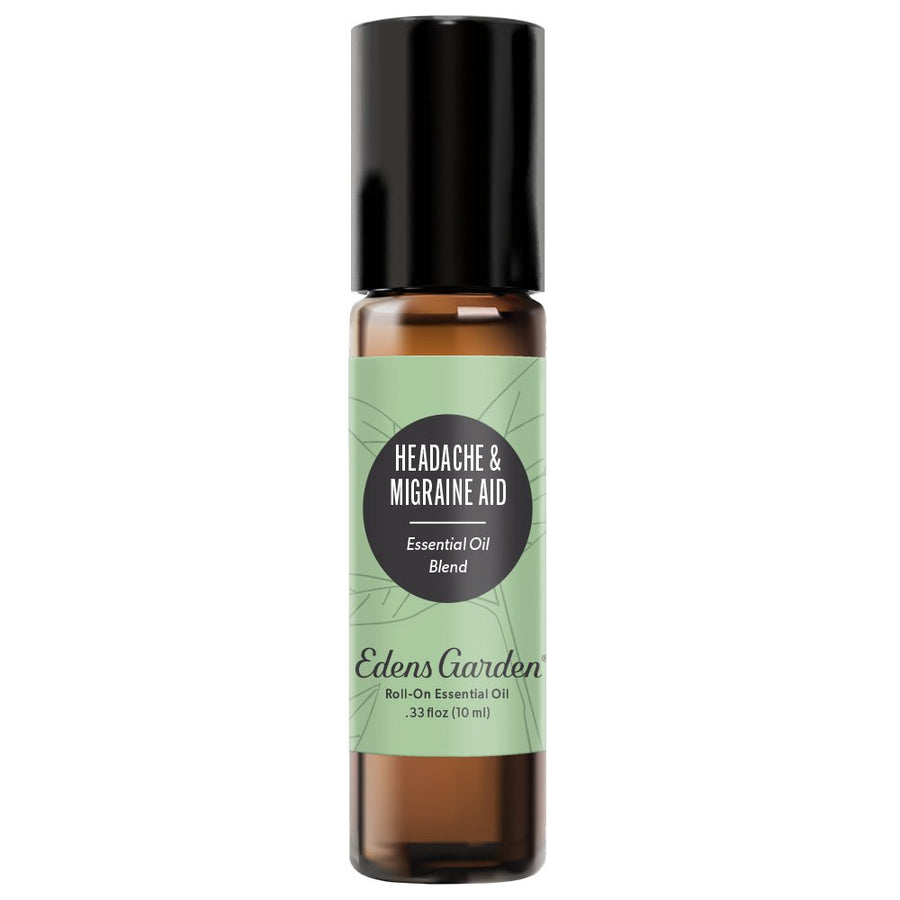
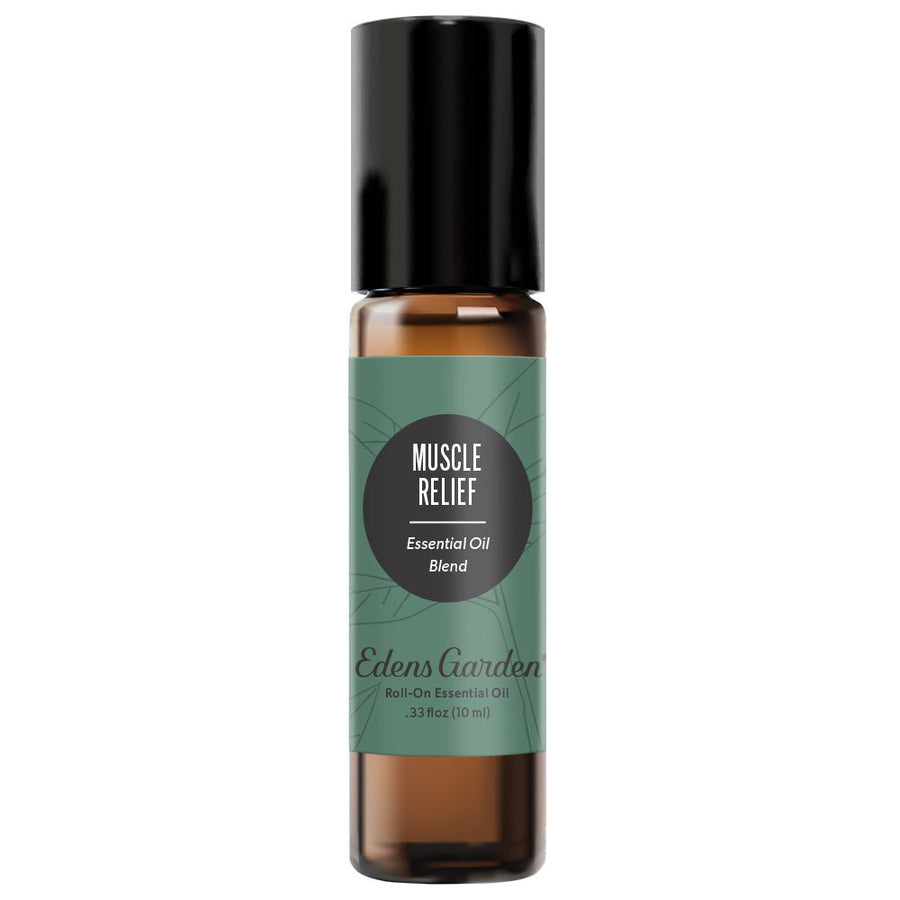


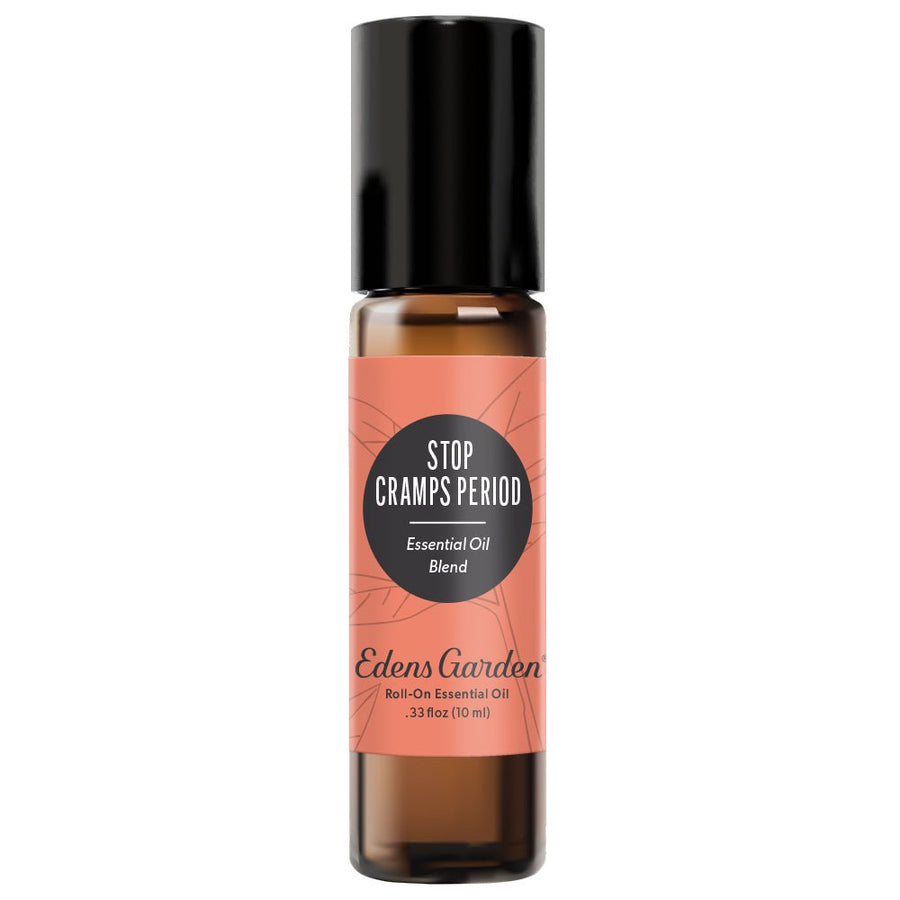




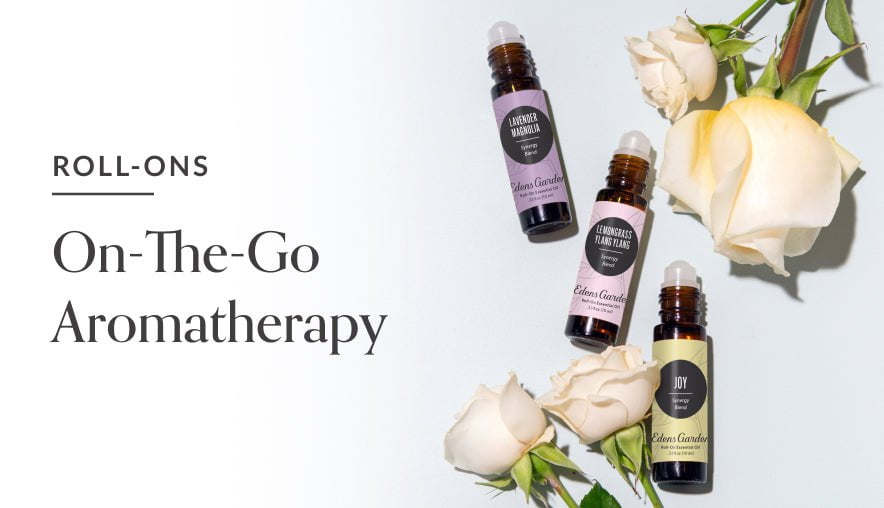
Edens Garden
June 19, 2023 at 12:40 pm
Hi Phyllis! A good rule of thumb is using a 2% dilution rate, which equals to 12 drops of essential oil per 1 tablespoon of carrier oil. This article is quite helpful in assisting with understanding dilution rates: https://www.edensgarden.com/blogs/news/how-to-dilute-essential-oils-1